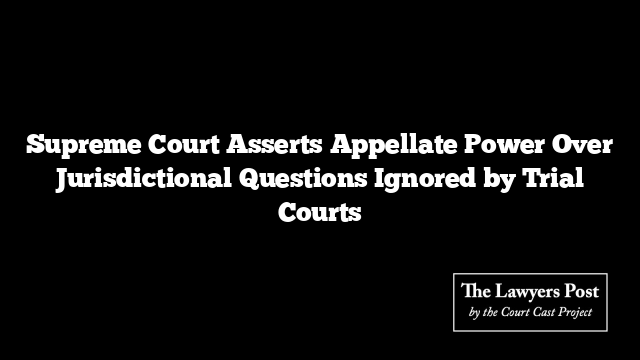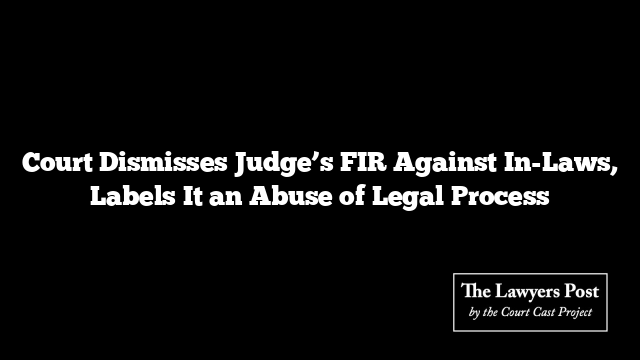In a landmark clarification, the Supreme Court affirmed that appellate courts have the authority to assess jurisdictional facts even if trial courts fail to address maintainability issues, provided no fresh evidence or facts are required at the appellate stage.
This decision refines previous interpretations, notably in A. Kanthamani v. Nasreen Ahmed and I.S. Sikandar v. K. Subramani, where procedural framing at the trial court level influenced the maintainability of appeals. The latest ruling acknowledges that jurisdictional omissions by trial courts do not restrict higher courts from examining core issues impacting the relief sought.
Context and Key Observations
The case at hand involved a dispute over specific performance of a contract. The trial court did not frame issues related to the maintainability of the suit, raising questions about whether appellate courts could address these gaps.
Referring to precedent, the bench emphasized that the absence of a maintainability issue in trial court proceedings does not curtail the appellate court’s powers. The court stated, “Failure to frame an issue on maintainability does not strip higher courts of their authority to examine jurisdictional facts when no new facts or evidence are introduced.”
The judgment leaned on the principles outlined in Shrisht Dhawan v. Shaw Bros, underscoring that trial courts must ensure jurisdictional facts exist for granting relief. However, appellate courts retain the right to independently verify such facts when necessary.
Case-Specific Findings
In this instance, the Supreme Court noted the trial court had already ruled against the buyer regarding readiness and willingness to perform the agreement. While no explicit issue on maintainability was framed, the appellate court deemed it unnecessary to further deliberate jurisdictional facts due to findings that negated the buyer’s claim.
The decision reiterates that appellate courts play a pivotal role in upholding judicial integrity, ensuring substantive justice is not derailed by procedural oversights at the trial level.





